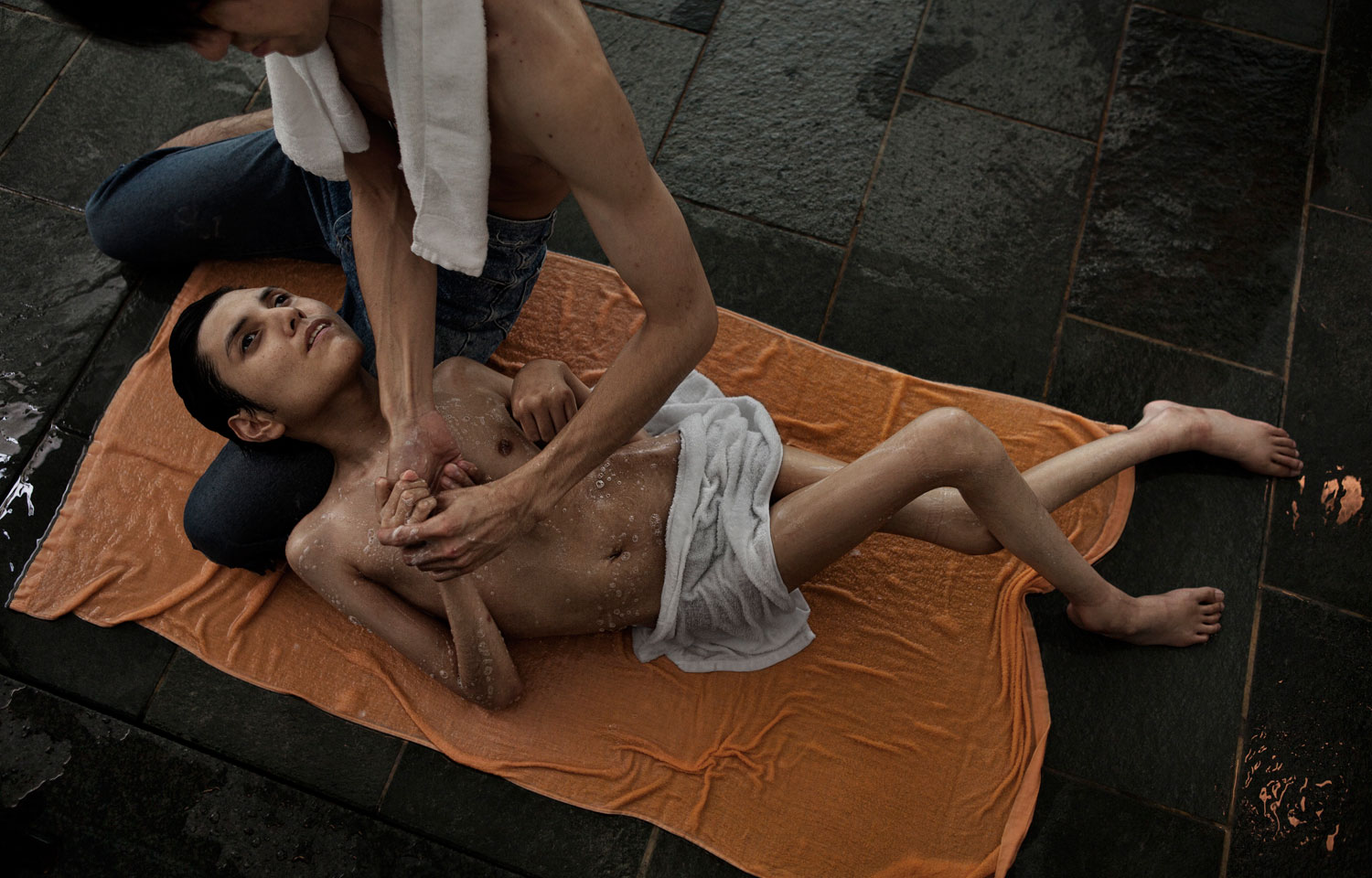
Shingo Kobayashi remembers what happened on March 11 of last year all too well. “It was the day our center was destroyed,” he says, resting his long fingers on a table at Minori-kai, a facility for the disabled in Natori, Japan. “It’s not there anymore.” He would be happy to talk about it but—he turns his wrist to show the face of his watch—it’s already a minute past 3:00 pm. And that’s when he leaves. Everyday. No matter what.
At Minori-kai, everyone’s day revolves around routine. And until 2:46 pm, March 11 was no exception. This center on Japan’s northeast coast, dedicated to the care of mentally and physically disabled members of the city, was established in 1984 as a support group for parents, but quickly evolved into the only option to help families care for adults with severe disabilities. Last March, four of Minori-kai’s five facilities, which serve 120 individuals, were destroyed, including a state-of-the-art center that the social welfare group had recently scraped together nearly $4 million to build.
At 2:46 pm, the staff and members of Minori-kai were having afternoon tea in the new center when a violent shaking rocked the building.“Everyone panicked,” recalls Akira Kasai, Minori-kai’s director. A staff member was able to check the news on his mobile phone and saw that there was a tsunami alert. As the center was less than a kilometer away from the sea, the staff made the immediate—and lifesaving—decision to pack everyone into the center’s buses and leave. “We threw away people’s wheelchairs and were carrying people to the buses,” recalls Kasai. As their caravan of buses raced inland toward the city hall, the members were quiet. “Nobody knew what was coming,” he says.
What was coming destroyed the huge swath of Natori that is still barren today. The debris of thousands of homes and businesses is heaped in massive piles on the water’s edge; the building where Minori-kai once stood is an empty dirt lot. Five members, including Kobayashi, lost their entire families. “It took a long time to confirm that their families had died,” says Suzuki. “It took even more time for them to understand. They slowly started to grasp that their family was gone.”
Without a live-in group home in Natori, all of the members whose caretakers died have had to leave town for facilities that could take them. Kobayashi was one of them. His mother, who was his sole guardian and who Suzuki says he rushed home to see at 3:00 pm each day, was killed in the tsunami. Suddenly, he was living with strangers for the first time in his life. Suzuki says it was not an easy transition. During a lunch break at an industrial waste recycling plant in Natori where he works during the day, Kobayashi polishes off his bento lunch and sits for a few minutes before going back on the clock. When asked about living at the group home, his eyes get red and he stares out the window over a steaming cup of miso. “Now, I like it,” he says. Tears let loose and track down his cheeks. “Now, I like it.”
Before the tsunami, Minori-kai had appealed to the city of Natori to put more money into welfare services for the disabled citizens like Kobayashi in the city. His mother knew she was getting older, and she and other parents had been increasingly anxious about what would happen to their children in the future. What was lost that day on March 11 was not only Minori-kai’s building. It was also their effort to reform this conservative town’s attitude toward the disabled. “The tsunami revealed the vulnerability of these people,” says Suzuki. “It revealed the necessity to take care of them.”
Rebuilding the facility will be the first step. For now, the day care for Minori-kai’s most disabled members is running out of an old veterinary hospital. On a Monday morning in late February, members arrive in the morning in a bluster, taking off their shoes in the entry hall and charging into the main activity room. Once inside, they visibly relax. Everyone finds their favorite spot—a chair at the table, a spot on the couch with the keyboard playing a bossanova track—and the day begins. It’s working, says Suzuki, but the space is not big enough. There is not enough room for the members to get outside and exercise and do sports, and no beds for them to rest during the day. “It’s a closed space,” she says. “Tension between the members is growing. They are louder and angrier than they were before.”
To rebuild a new facility, Minori-kai not only needs another $4 million—it needs land. But with everybody moving away from the coastal neighborhoods, inland plots are going for a premium that Minori-kai can’t afford. “Until we find the land, the city won’t approve the funding for the project,” says Suzuki. The organization has received some individual donations since the tsunami, and still gets about $85 per day for each patient from the national government. But all of this funding is only going to keeping up daily activities in the temporary facility, not toward building a new place that suits the needs of the members. “One year later, we’ve just started discussing the plan with the city government,” says Kasai. “In reality, these people don’t have any place to go if we aren’t doing this.”
Minori-kai is located at Miyagi prefecture, Natori City, Masuda. The organization accepts PayPal donations to la-minorikai@io.ocn.ne.jp and can be contacted by mail at Minori-kai / Miyagi-prefecture, Natori City , Masuda 5-3-12 / Japan 981-1224 / Attn: Mrs. H. Suzuki.
James Nachtwey is a TIME contract photographer. Follow him on Facebook here.
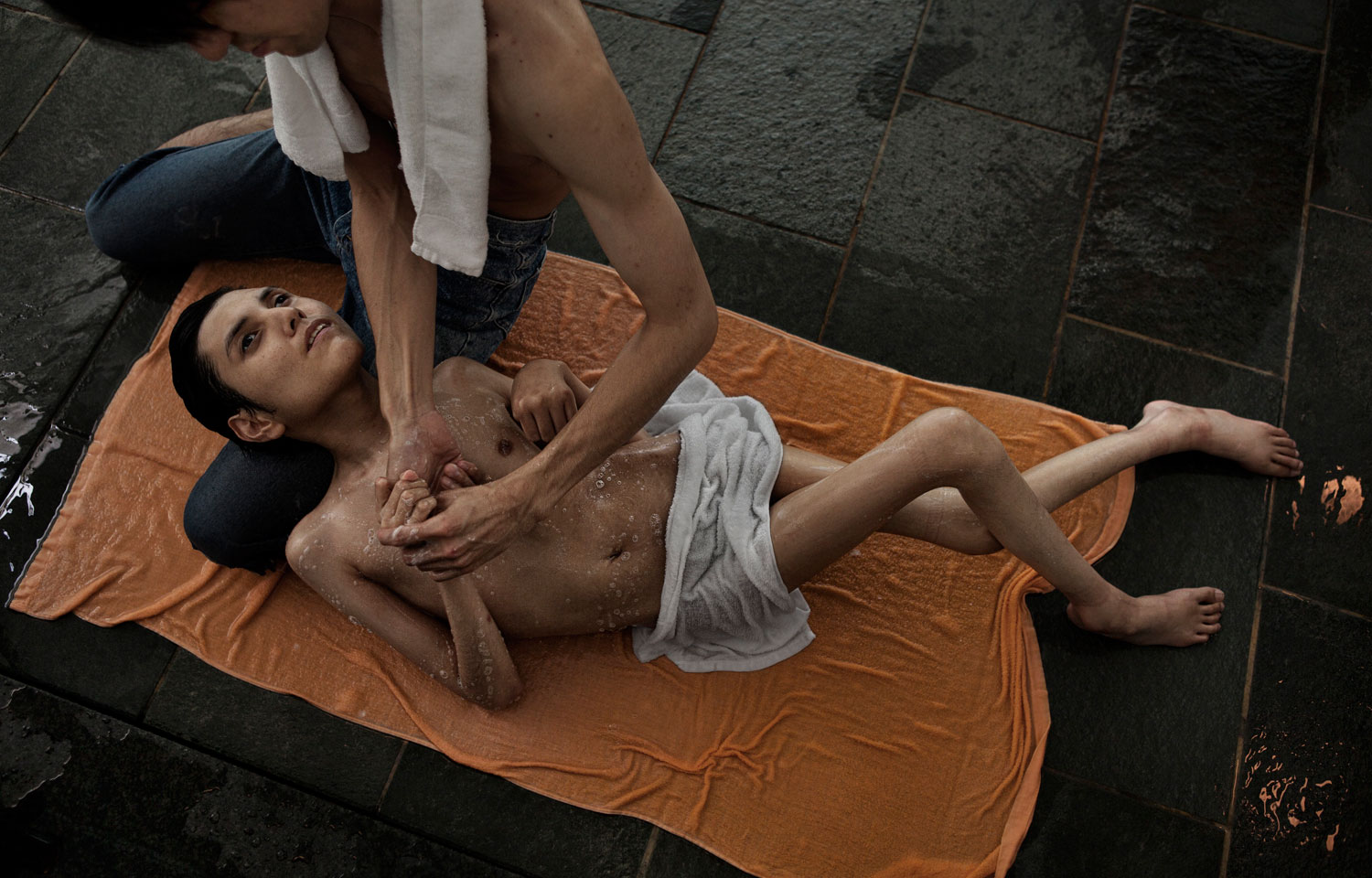



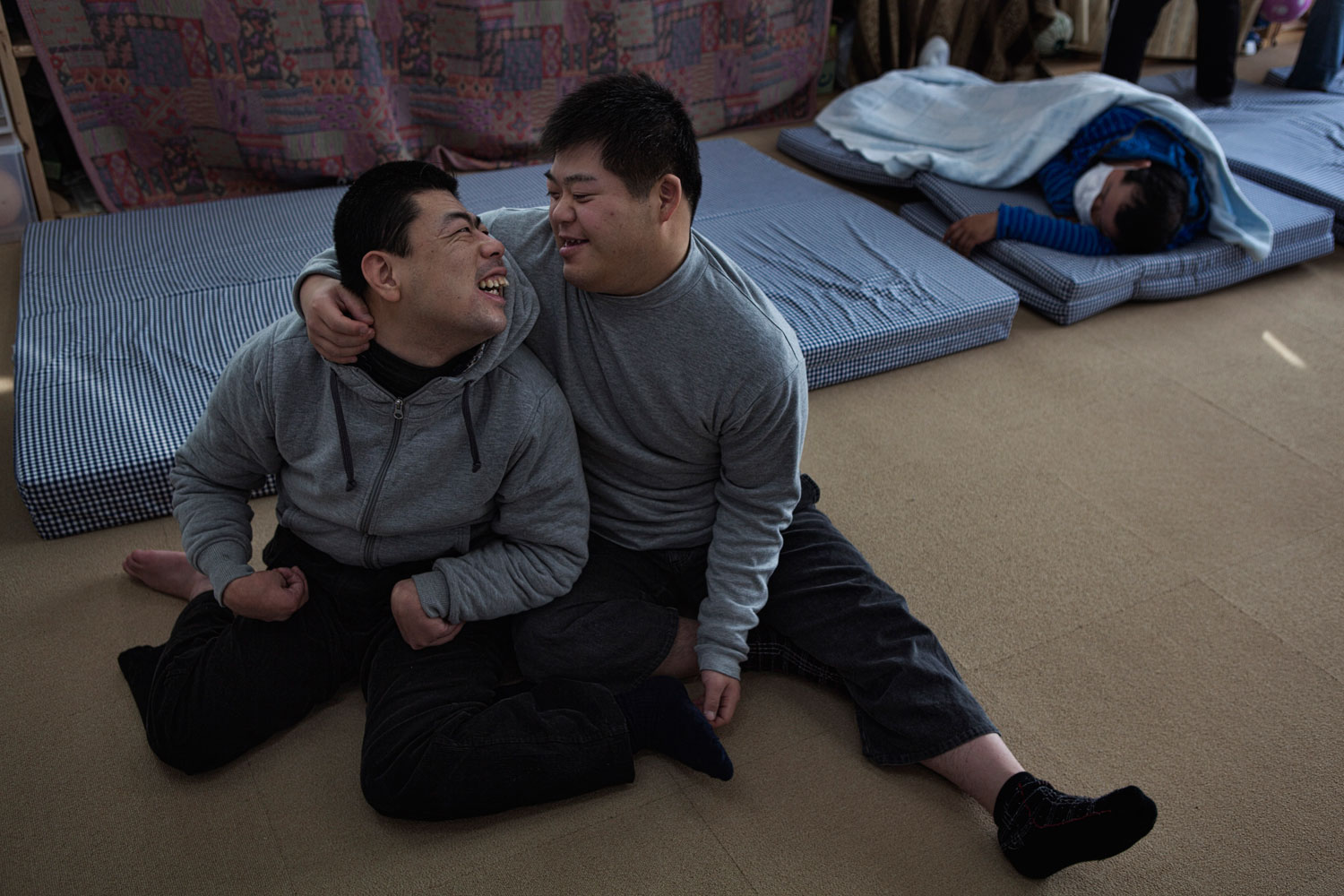
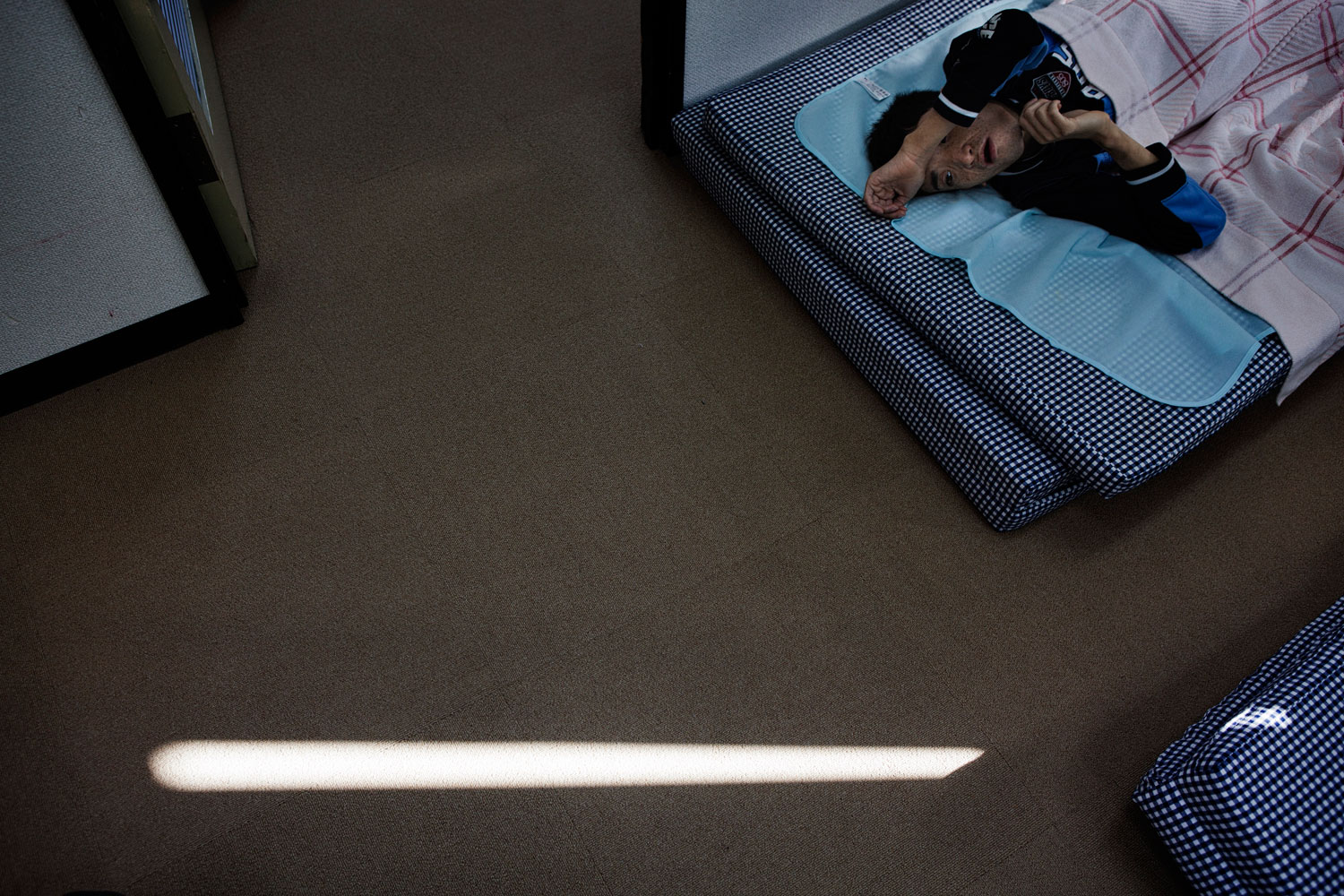

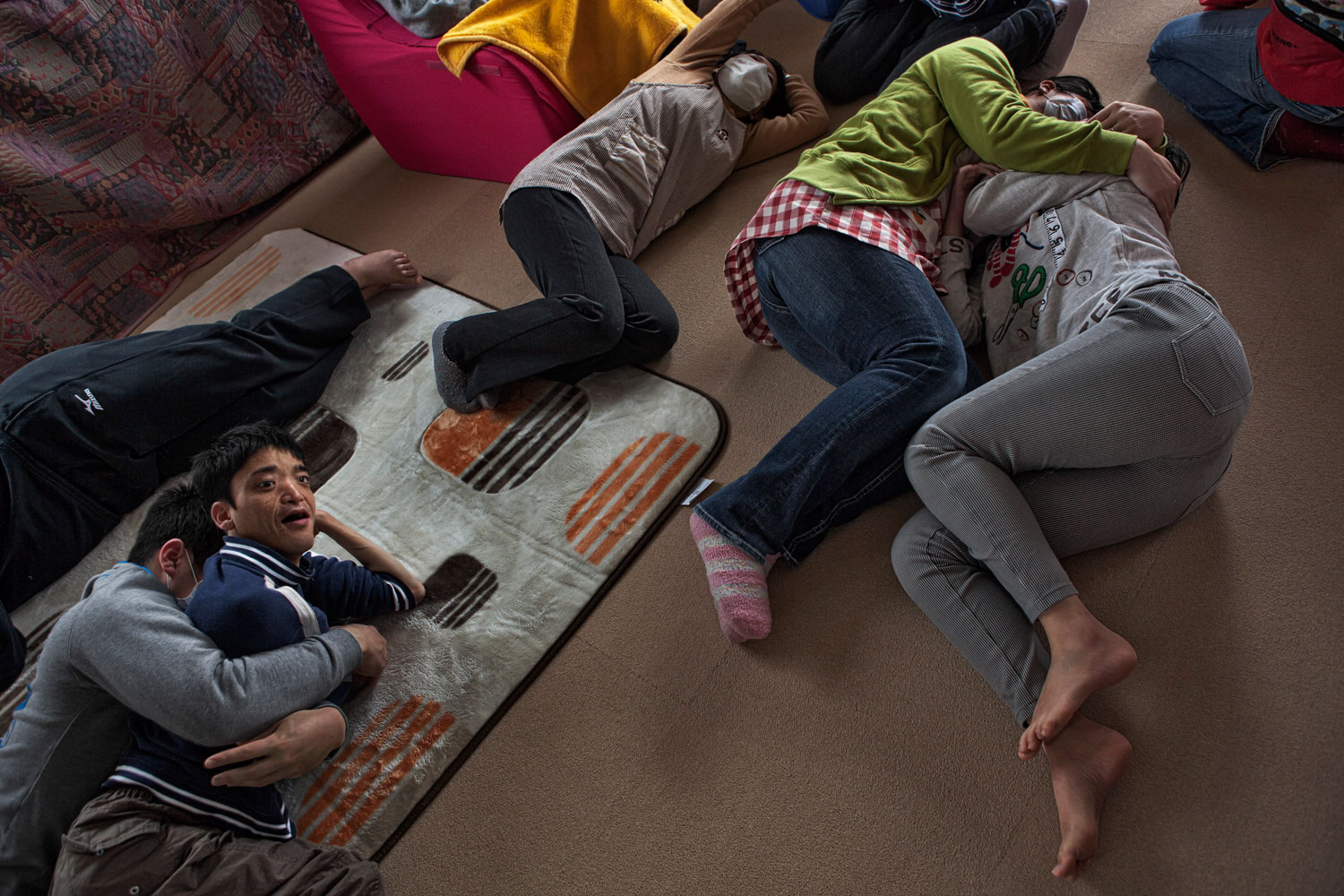
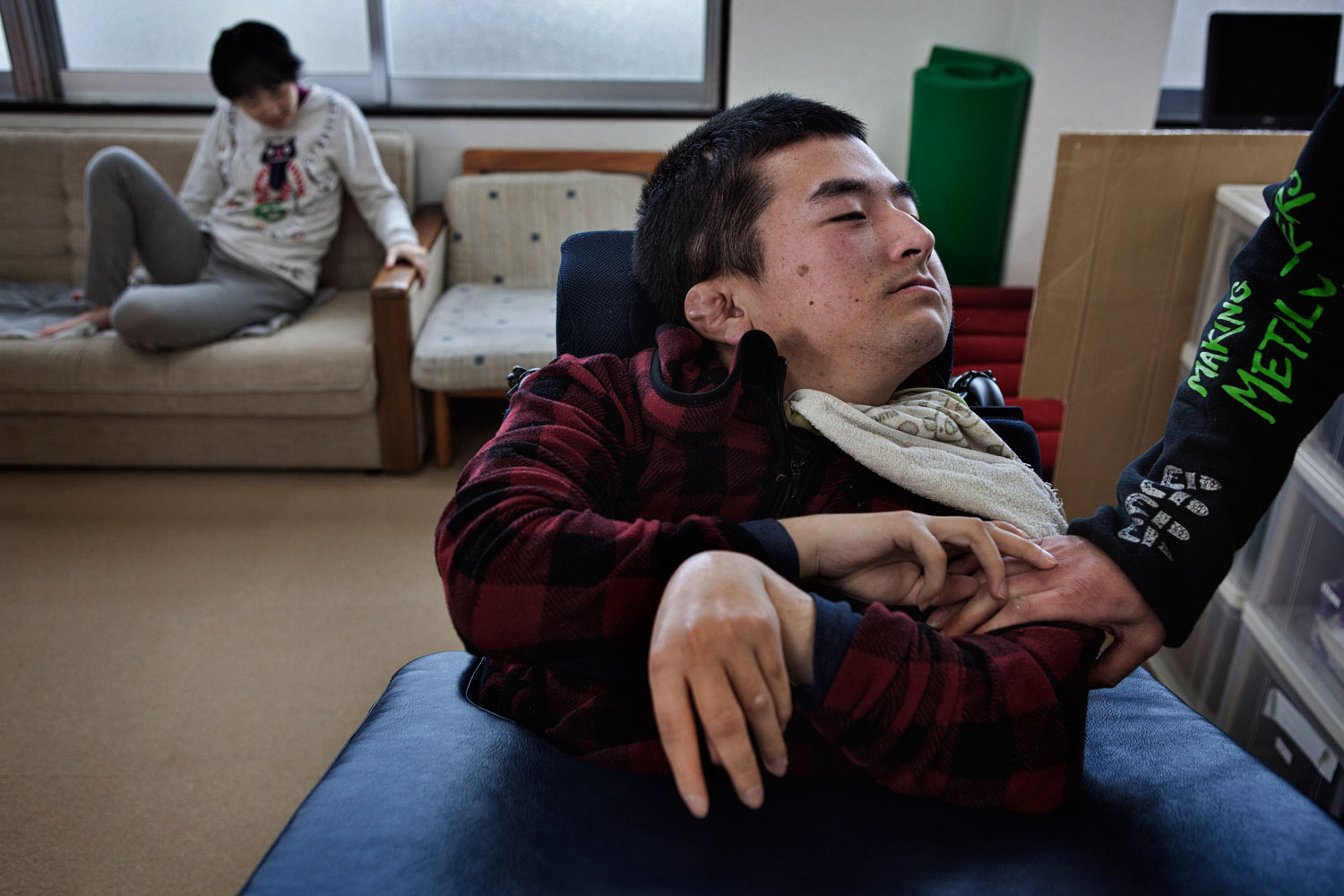
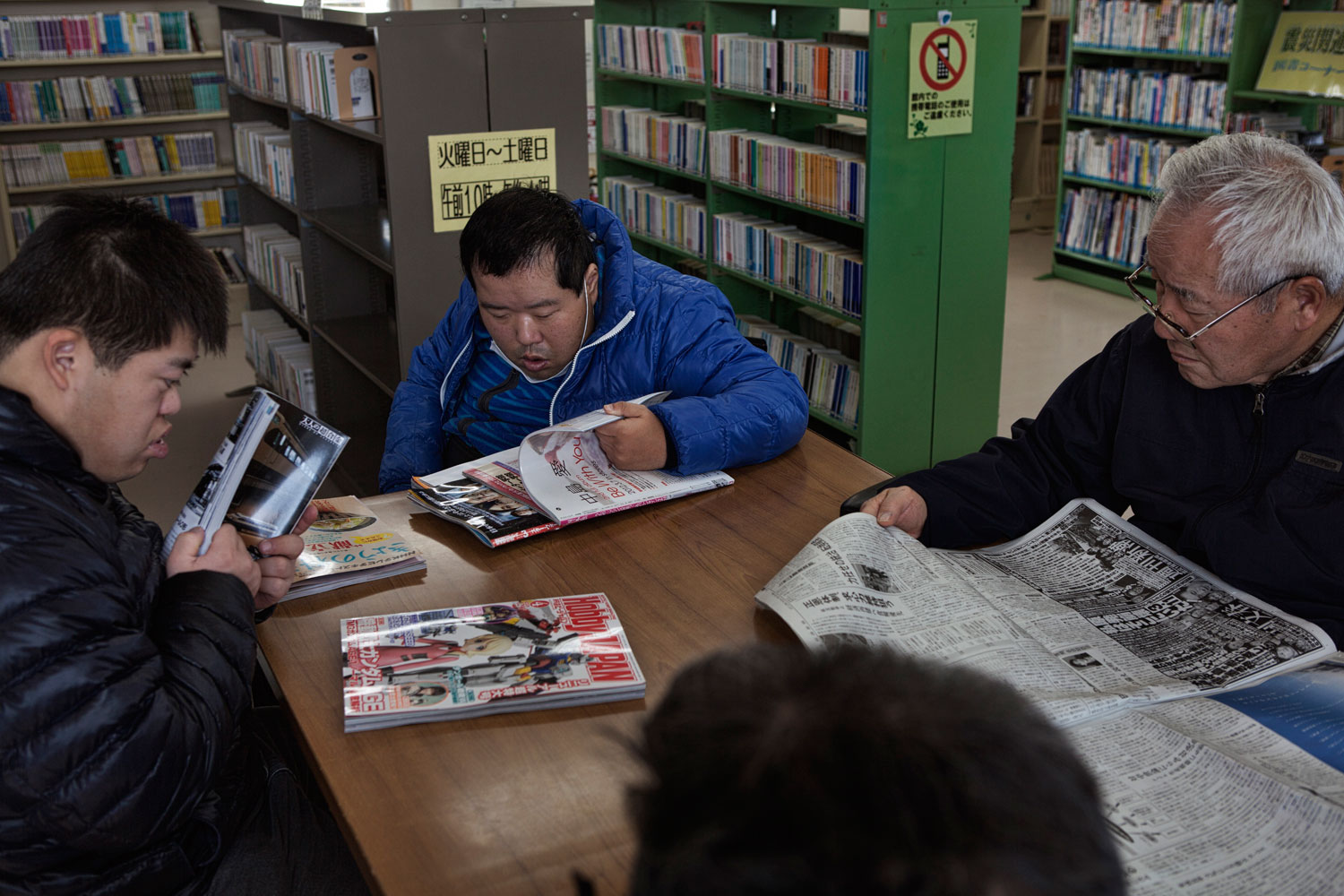

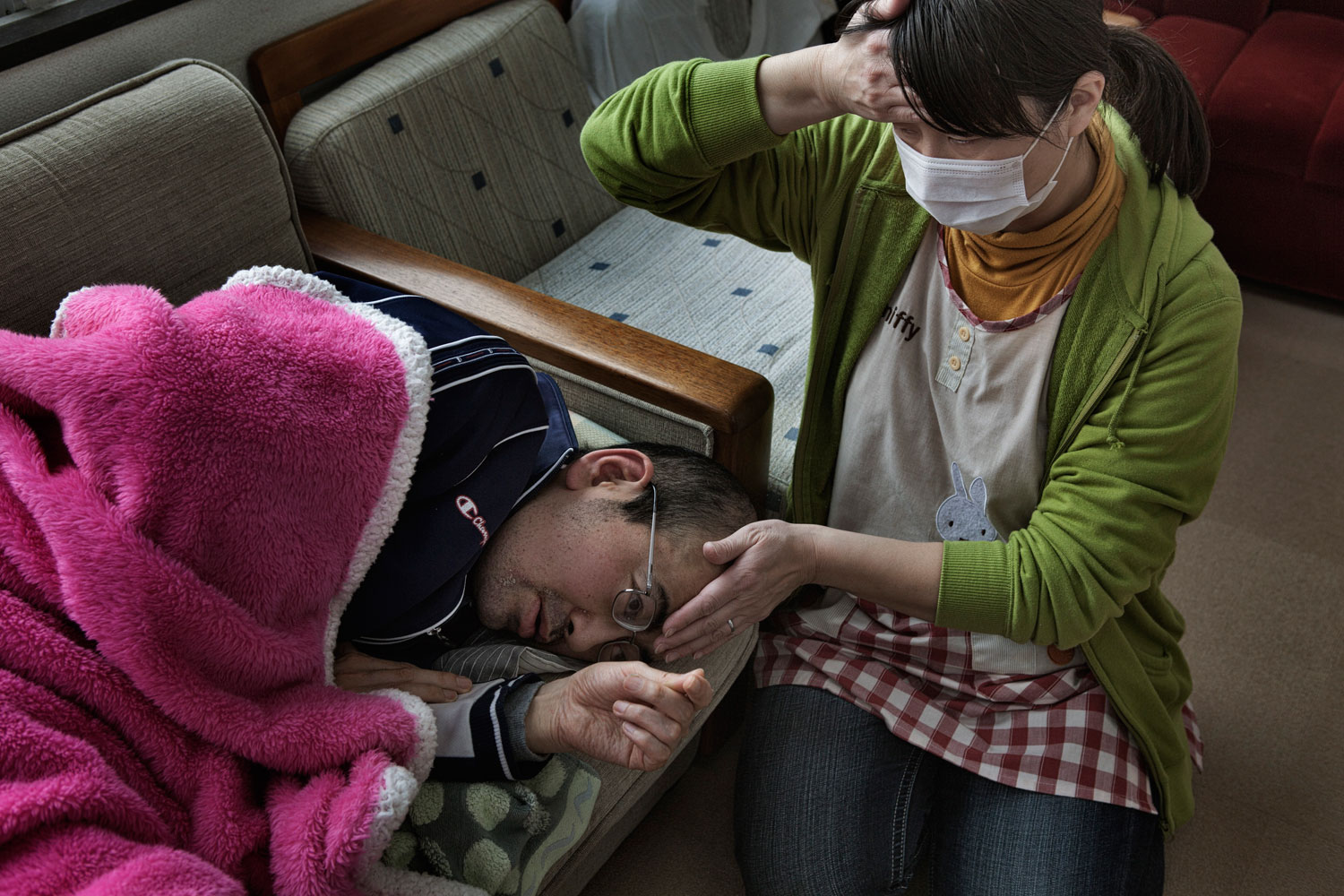

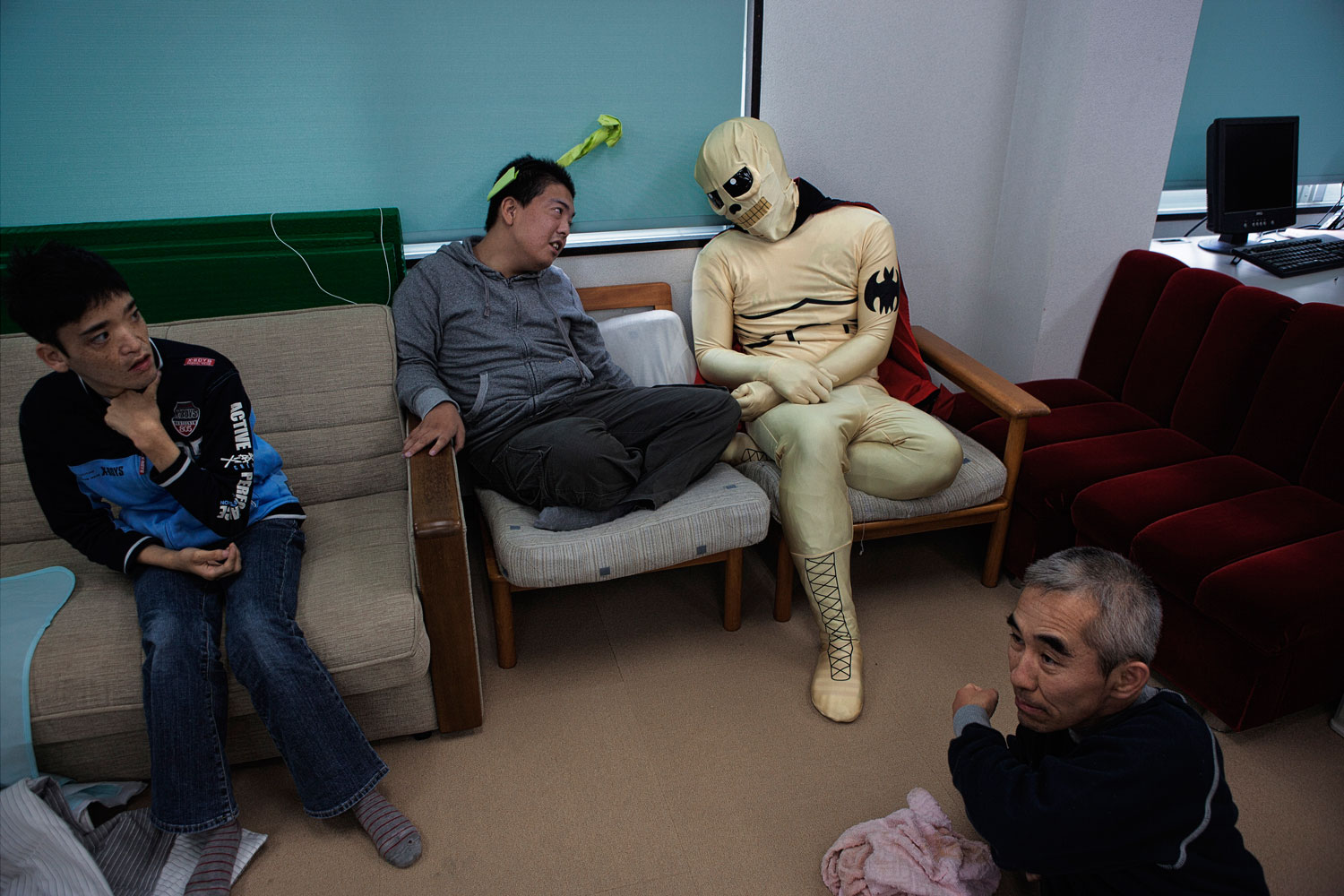
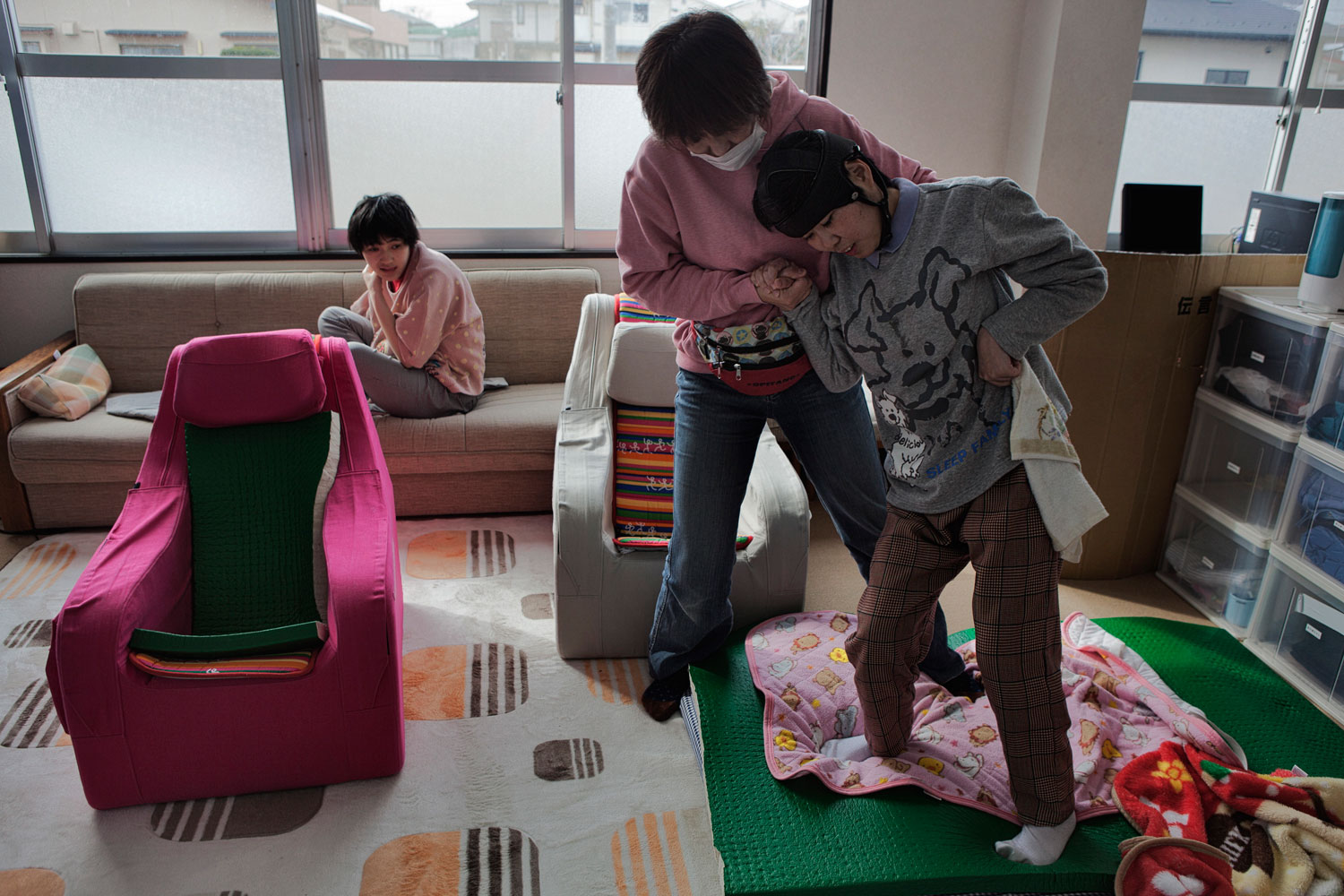
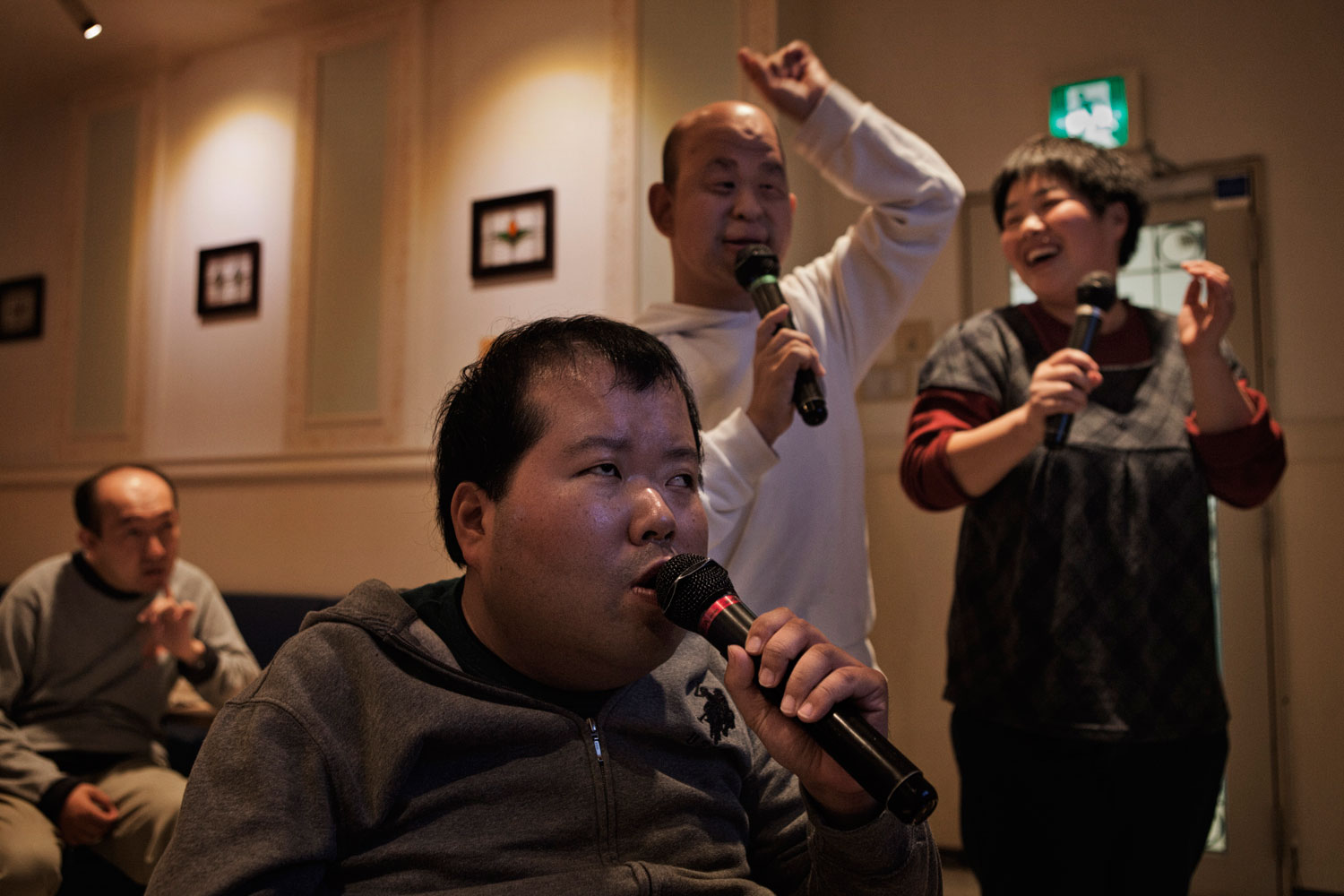
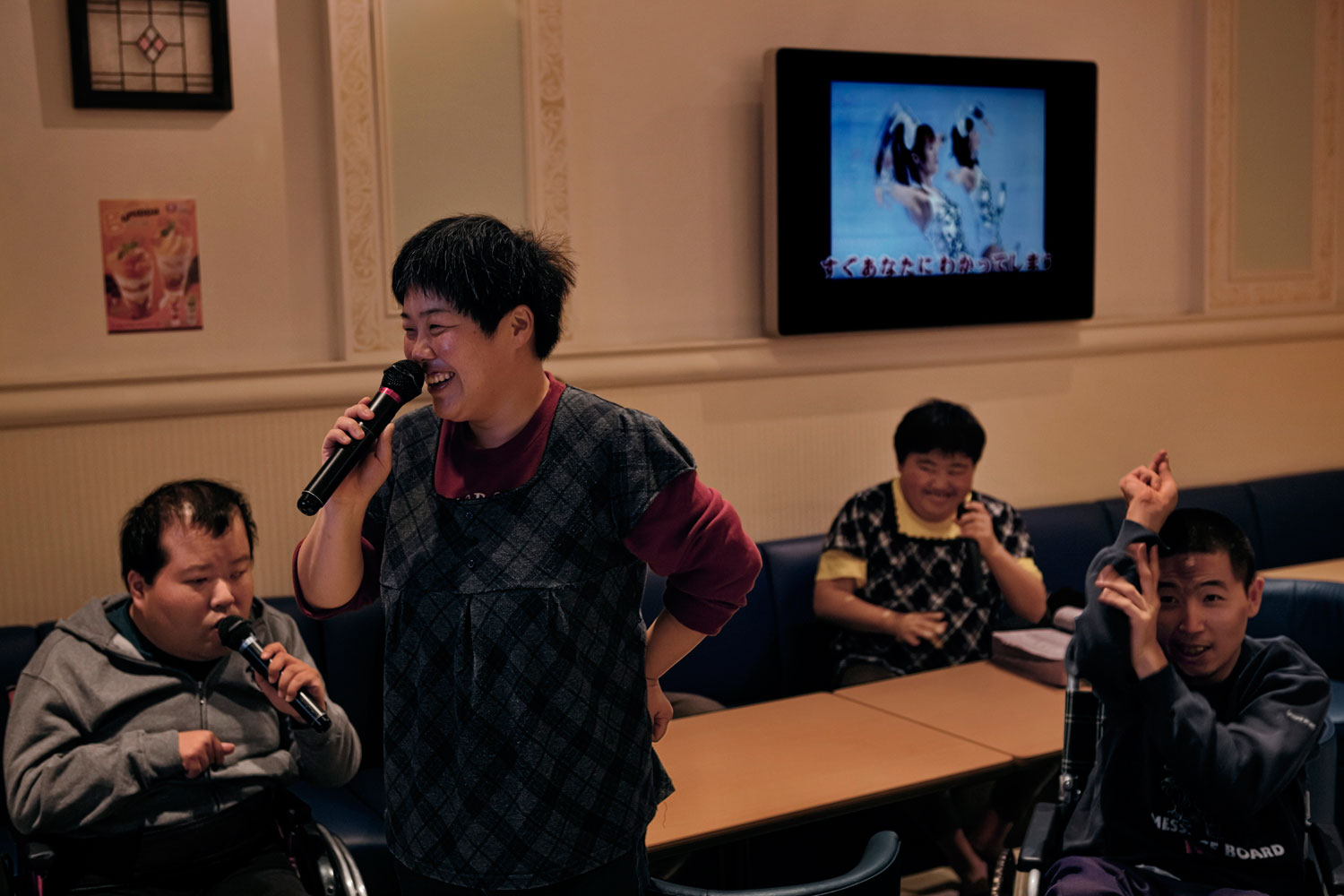

More Must-Reads From TIME
- The 100 Most Influential People of 2024
- The Revolution of Yulia Navalnaya
- 6 Compliments That Land Every Time
- What's the Deal With the Bitcoin Halving?
- If You're Dating Right Now , You're Brave: Column
- The AI That Could Heal a Divided Internet
- Fallout Is a Brilliant Model for the Future of Video Game Adaptations
- Want Weekly Recs on What to Watch, Read, and More? Sign Up for Worth Your Time
Contact us at letters@time.com